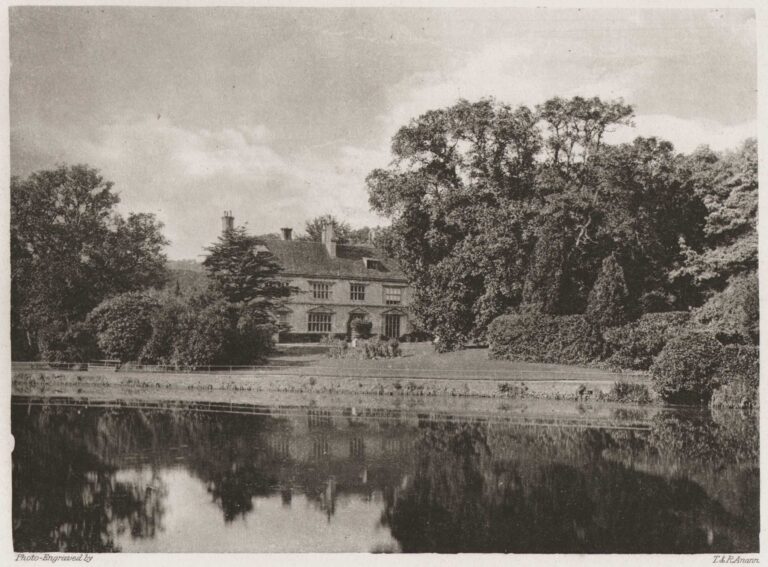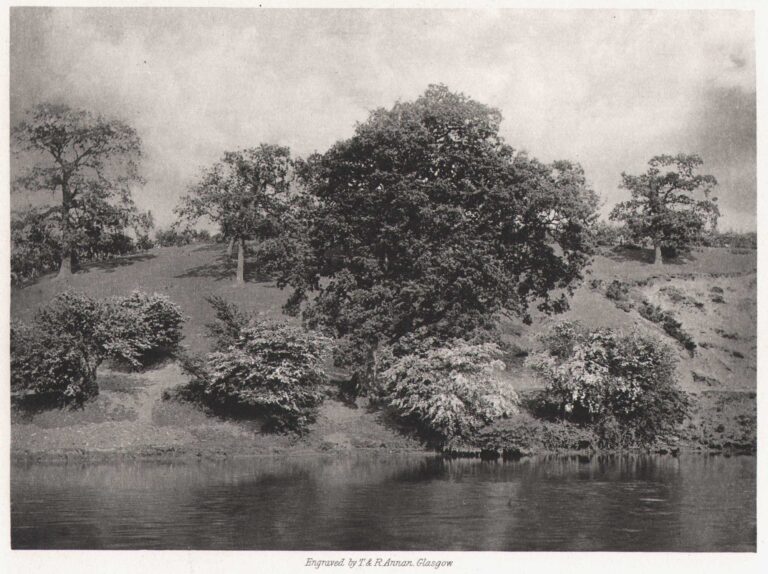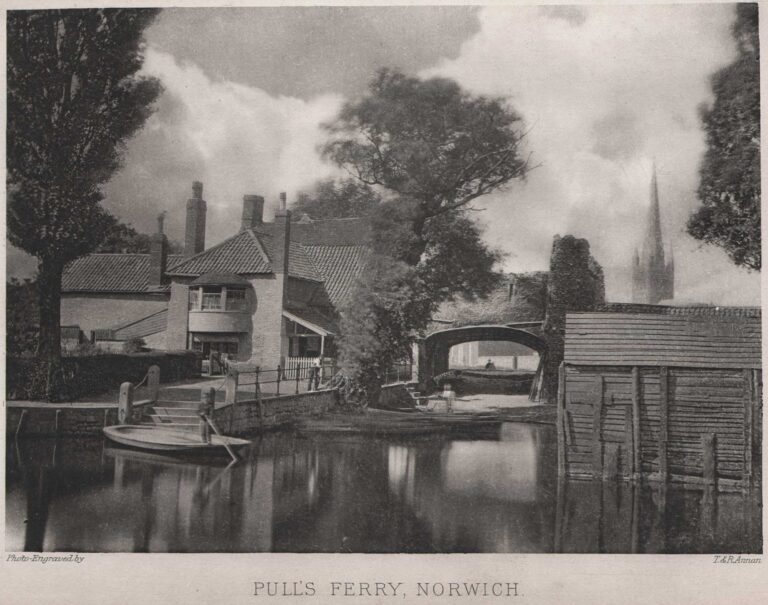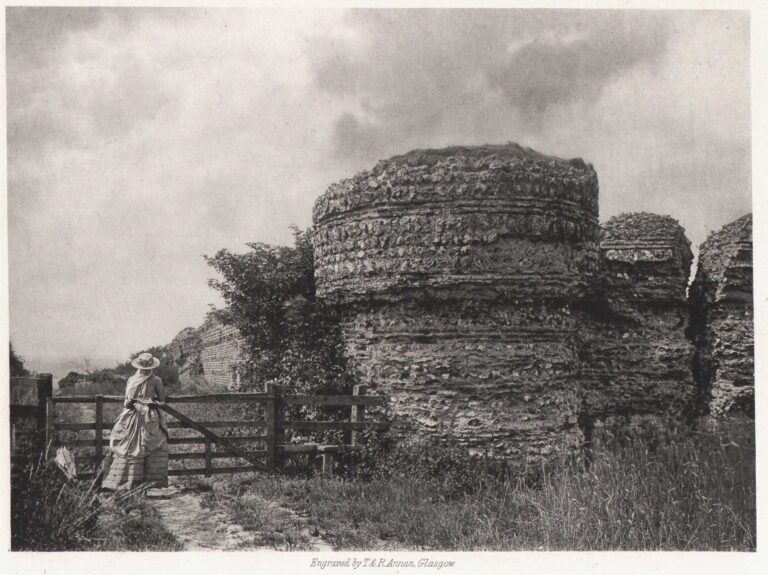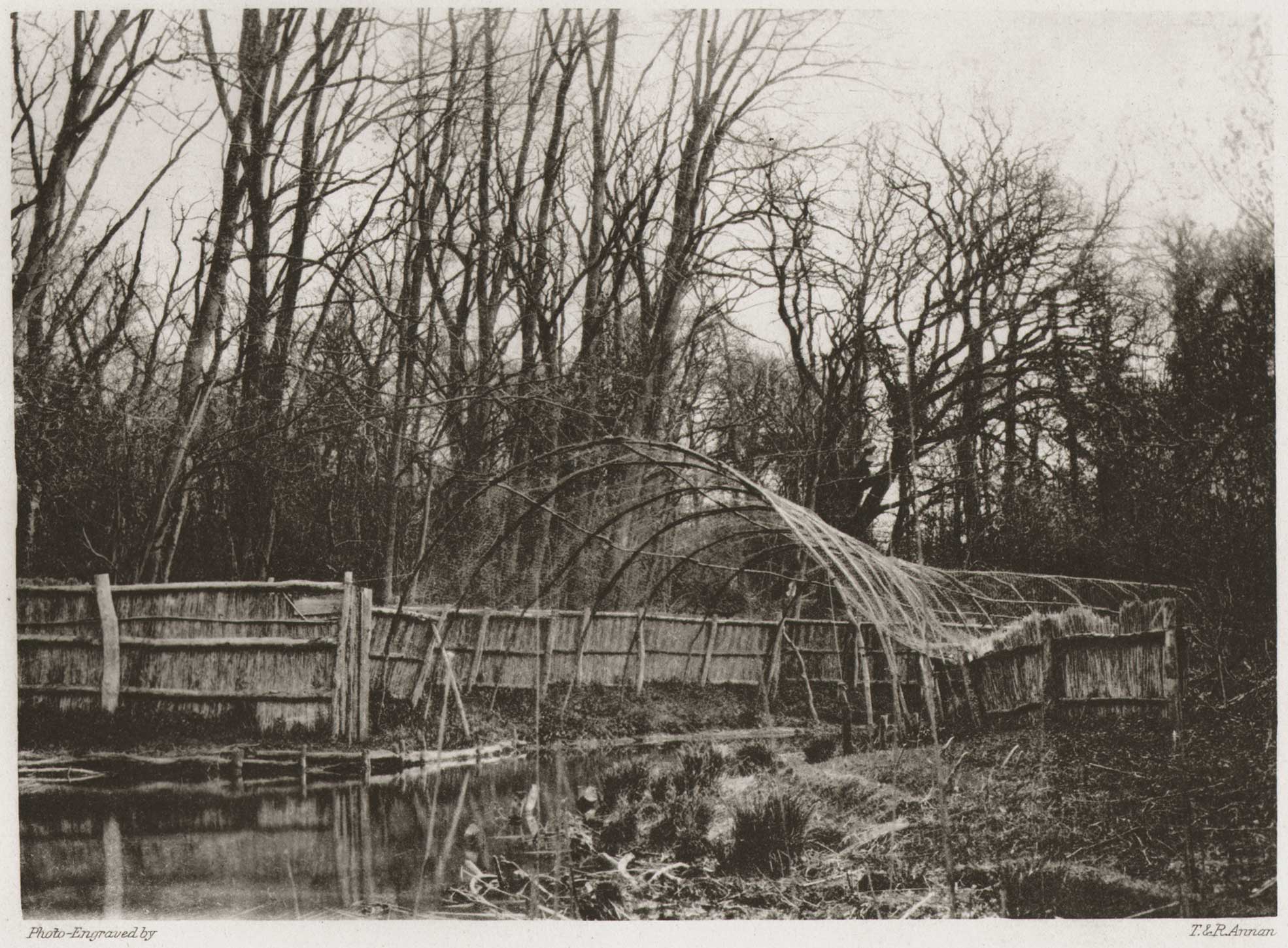
Wildfowl Decoy at Fritton: Mouth of Pipe
“These avenues of netting are called pipes, and are, speaking roughly, 10 feet high at the open end, diminishing rapidly to 3 feet in diameter. At the small end is a pair of double posts, in the groove between which slips the first hoop of the “tunnel net,” which is a bow-net 8 or 10 feet long, the extreme end of which is stretched out and tied to a stake. Owing to the curve of the pipe, the ducks in the decoy can only see a short way up it, and the massacre of their comrades and the movements of the decoy-man are unseen by them.” ⎯ G. Christopher Davies, 1883 (1.)
A purpose-built wildfowl decoy, constructed to principally capture wild ducks as a food source, is seen in the Norfolk village of Fritton.
Wikipedia states “A duck decoy is a device to capture wild ducks or other species of waterfowl. Decoys had an advantage over hunting ducks with shotguns as the duck meat did not contain lead shot. Consequently, a higher price could be charged for it.”
George Christopher Davies: 1849-1922
Davies was “a prolific photographer and writer who played an important role in encouraging popular awareness of the Norfolk Broads.” (2.) The following biography of the artist courtesy: Norfolk Through a Lens: A guide to the Photographic Collections held by Norfolk Library & Information Service –
Born in Shropshire, Davies practised as a solicitor for a time; he first came to Norfolk in 1871 to serve part of his articles. He was later to become Chief Clerk at Norfolk County Council in 1906, also serving as Clerk of the Peace. In his private life he was a nature lover, sportsman and photographer. His skills as a writer did much to popularise the Norfolk Broads as a rural idyll and holiday destination. When he was 27 he wrote ‘The Swan and her Crew’ an adventure story for boys set in the Norfolk Broads which created a great interest and enthusiasm for the area. His major work ‘Handbook to the Rivers and Broads of Norfolk and Suffolk’ was published in 55 editions and contained 12 of his own photographs. Davies also produced other books about the Broads, sailing, Belgian waterways, natural history, fishing, adventure books for children and even some on government administration. Towards the end of his life he acquired Burnt Fen Broad and spent many hours there during his retirement.
- Excerpt, G. Christopher Davies: Norfolk Broads and Rivers: Or, The Water-ways, Lagoons, and Decoys of East Anglia, William Blackwood & Son, Edinburgh and London, p. 166
- George Christopher Davies: Wikipedia accessed September, 2025
